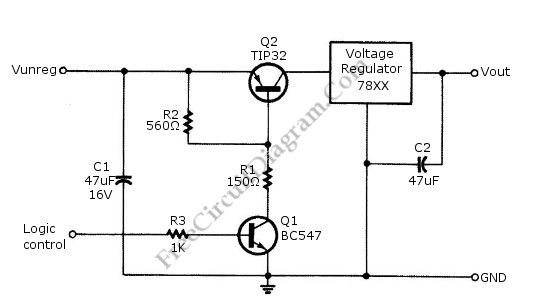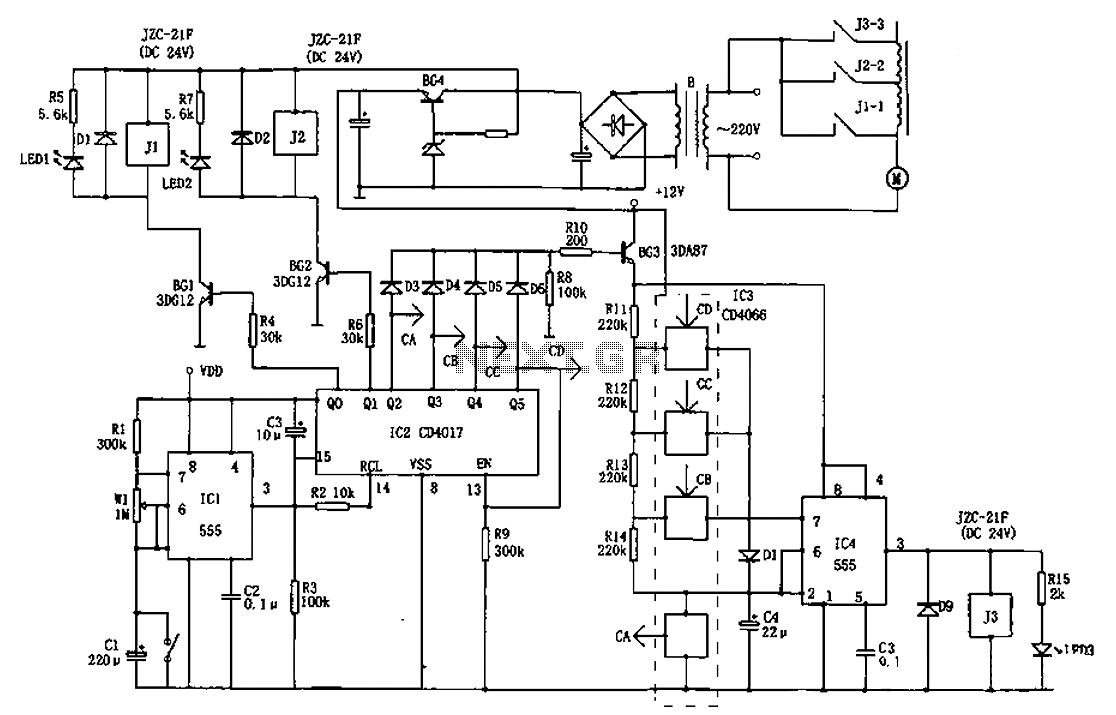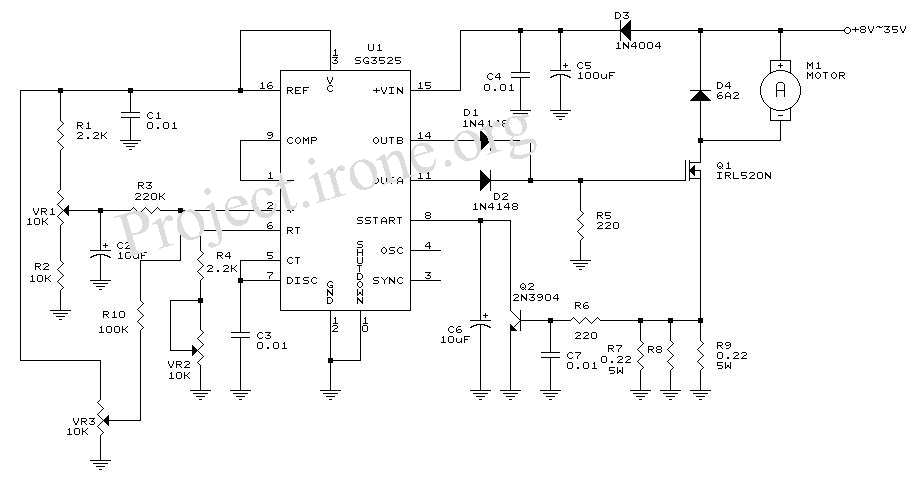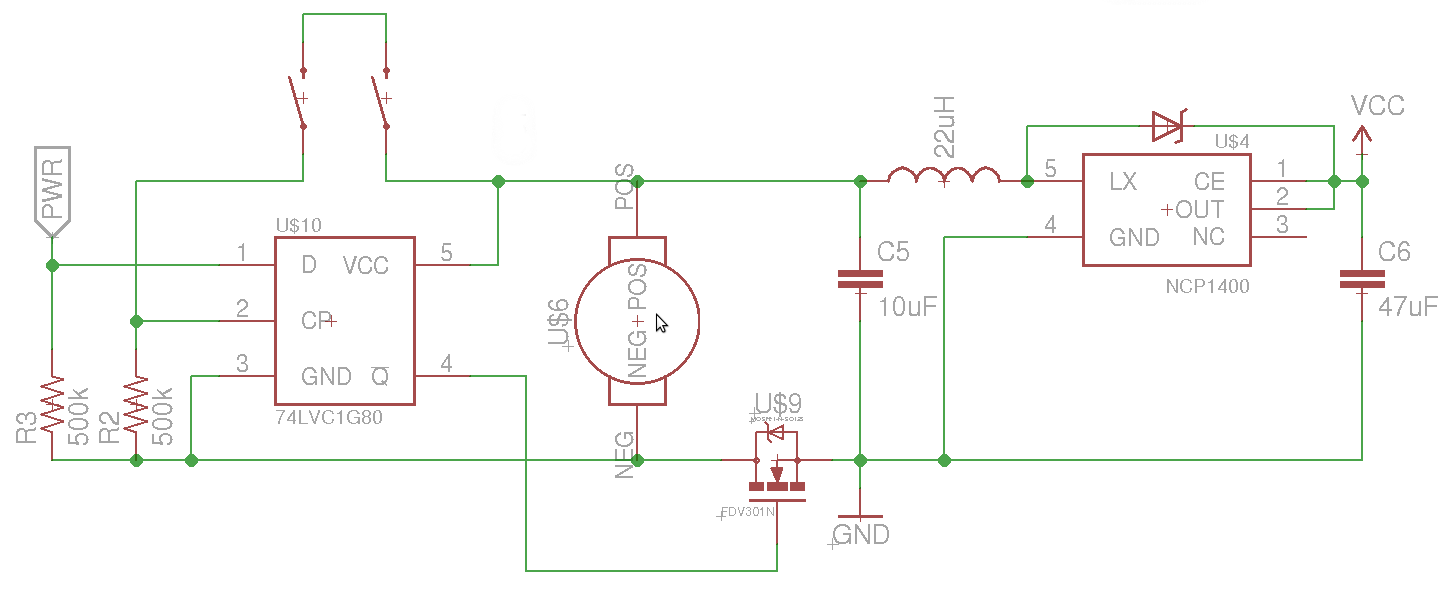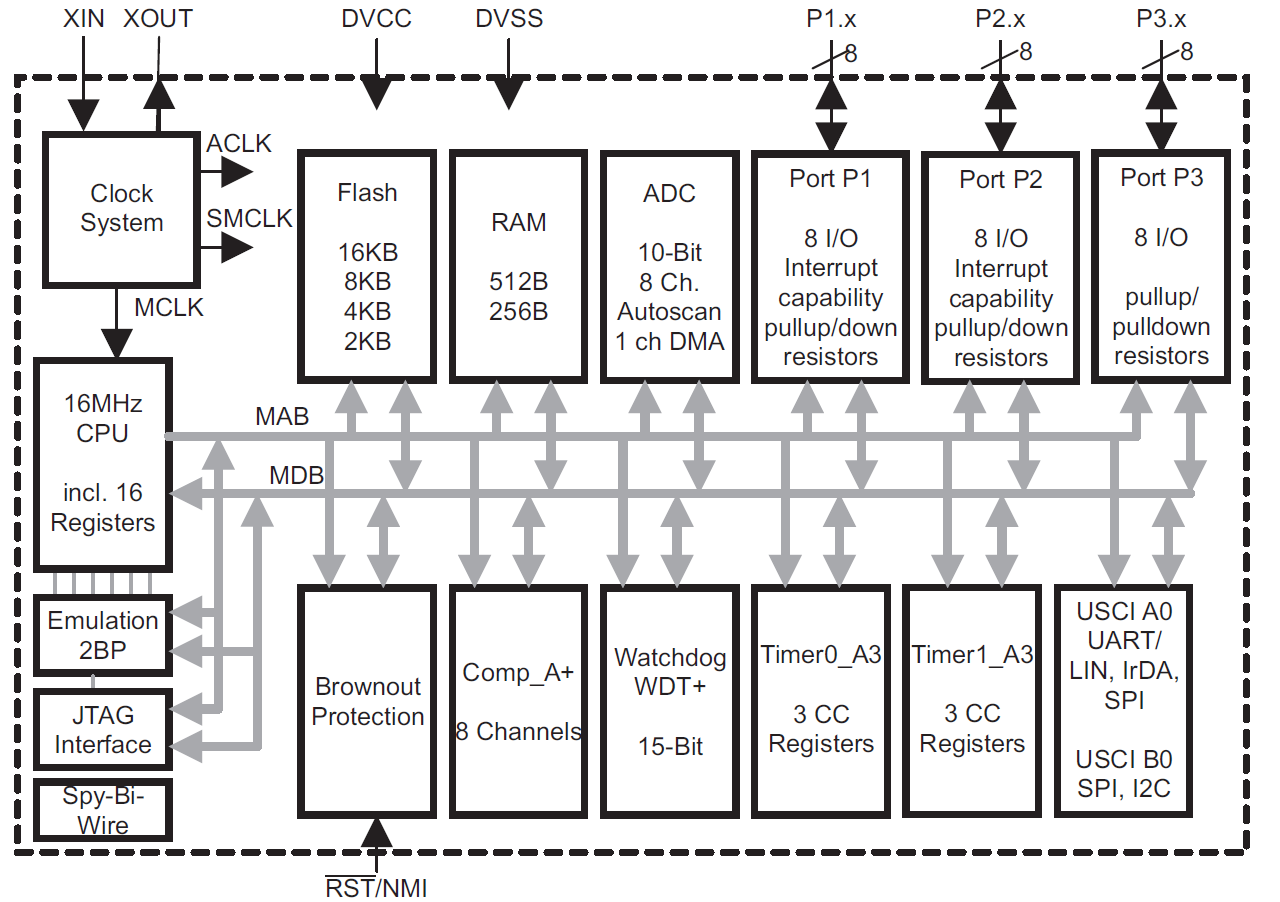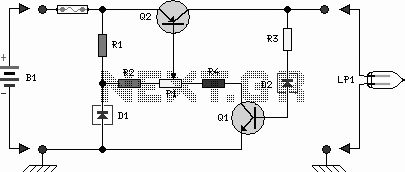
stepper motor controller circuit
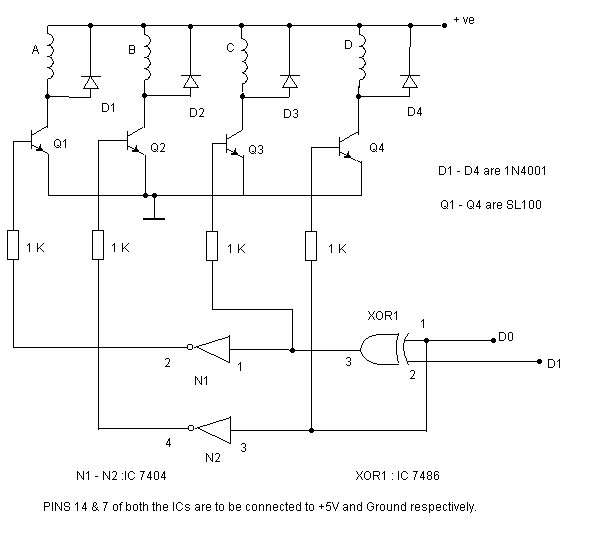
The circuit depicted can be utilized to control a unipolar stepper motor equipped with four coils. This design is derived from an older fax machine. The circuit is capable of handling a motor current of approximately 500 mA per winding, provided that appropriate heat sinks are employed for the SL100 transistor. For applications requiring higher currents, power transistors such as the 2N3055 can be implemented in a Darlington pair configuration alongside the SL100. Additionally, diodes are incorporated to safeguard the transistor against transient voltages.
The circuit operates by energizing the coils of the unipolar stepper motor in a specific sequence, which facilitates precise control over the motor's rotation. The use of the SL100 transistor allows for efficient switching of the motor coils. When the motor is activated, current flows through the selected coil, generating a magnetic field that interacts with the rotor, causing it to turn.
In scenarios where higher current capacity is necessary, the 2N3055 transistor serves as a robust alternative. When configured as a Darlington pair with the SL100, it enhances the current gain, enabling the control of larger stepper motors without compromising performance. This configuration is particularly beneficial in applications that require rapid acceleration or deceleration of the motor.
The inclusion of diodes in the circuit is critical for protecting the transistors from voltage spikes that can occur when the inductive coils are de-energized. These transients can damage the transistors if not properly managed. The diodes function as flyback diodes, allowing the current generated by the collapsing magnetic field to dissipate safely, thus prolonging the lifespan of the components.
Overall, this circuit design is effective for controlling unipolar stepper motors in various applications, providing a reliable solution for precise motion control while ensuring the protection of sensitive electronic components.The circuit shown above can be used to control a unipolar stepper motor which has FOUR coils (I`ve swiped it off an old fax machine). The above circuit can be for a motor current of up to about 500mA per winding with suitable heat sinks for the SL100.
For higher currents power transistors like 2N3055 can be used as darlington pair along with SL100 . The diodes are used to protect the transistor from transients. 🔗 External reference
The circuit operates by energizing the coils of the unipolar stepper motor in a specific sequence, which facilitates precise control over the motor's rotation. The use of the SL100 transistor allows for efficient switching of the motor coils. When the motor is activated, current flows through the selected coil, generating a magnetic field that interacts with the rotor, causing it to turn.
In scenarios where higher current capacity is necessary, the 2N3055 transistor serves as a robust alternative. When configured as a Darlington pair with the SL100, it enhances the current gain, enabling the control of larger stepper motors without compromising performance. This configuration is particularly beneficial in applications that require rapid acceleration or deceleration of the motor.
The inclusion of diodes in the circuit is critical for protecting the transistors from voltage spikes that can occur when the inductive coils are de-energized. These transients can damage the transistors if not properly managed. The diodes function as flyback diodes, allowing the current generated by the collapsing magnetic field to dissipate safely, thus prolonging the lifespan of the components.
Overall, this circuit design is effective for controlling unipolar stepper motors in various applications, providing a reliable solution for precise motion control while ensuring the protection of sensitive electronic components.The circuit shown above can be used to control a unipolar stepper motor which has FOUR coils (I`ve swiped it off an old fax machine). The above circuit can be for a motor current of up to about 500mA per winding with suitable heat sinks for the SL100.
For higher currents power transistors like 2N3055 can be used as darlington pair along with SL100 . The diodes are used to protect the transistor from transients. 🔗 External reference
